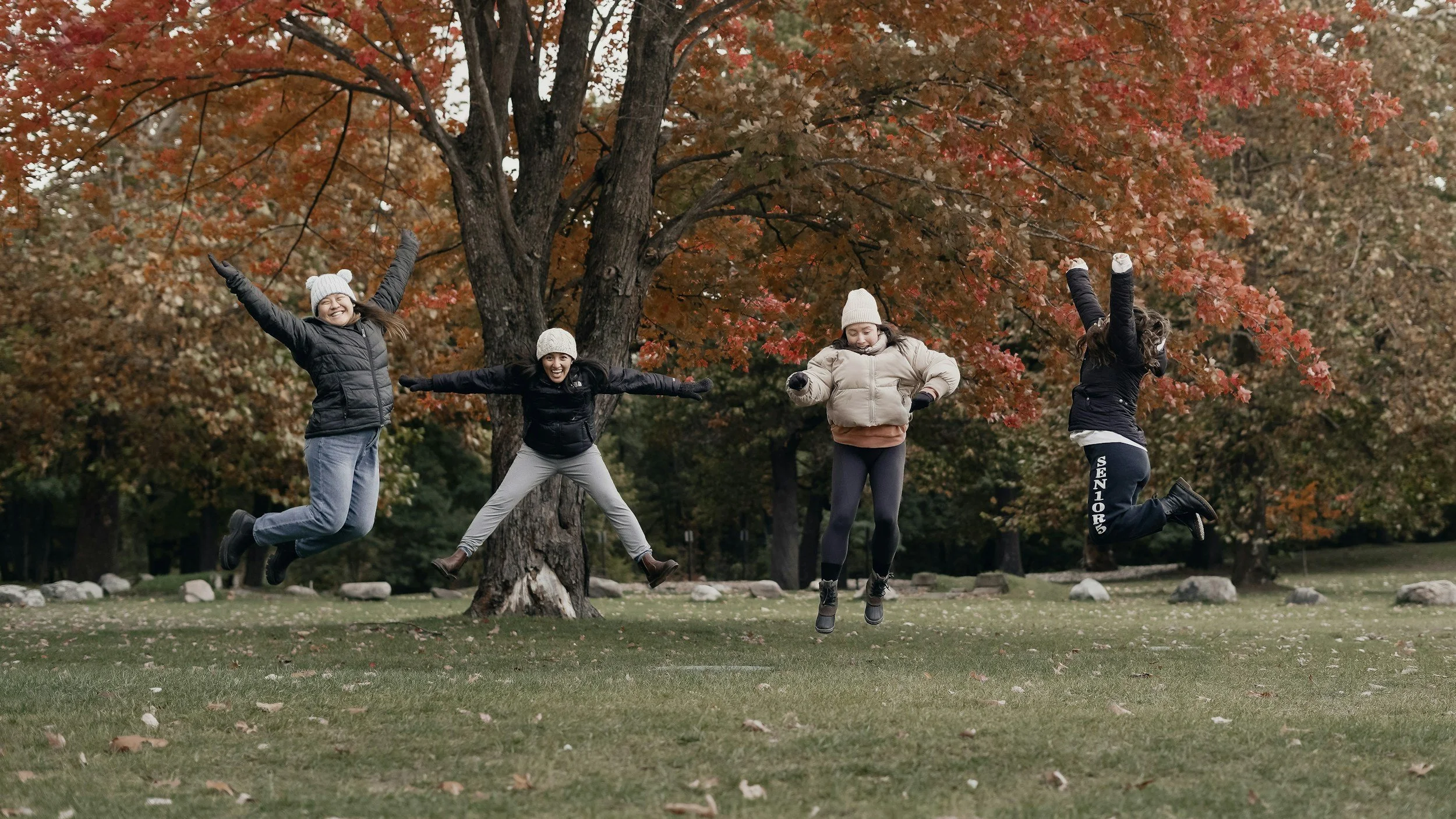The Importance of Protecting Your Muscles as You Age
Your muscle mass is the key to your fitness and health goals. Indeed, doctors agree that your muscle mass impacts not only your strength and energy but also your mobility and your overall health. Indeed, your muscles are the largest component of your lean body mass, which refers to your body mass without fat. As a rule of thumb, your muscles account for up to 60% of your body weight. In other words, it would be foolish to ignore this prominent component.
In old age, people tend to lose muscle mass. After 40, you can expect to lose around 8% of muscle every decade. By age 70, it will be 16%. Muscle loss is the number one cause of falls and injuries in seniors as they can develop weakness and low balance. But your muscles are crucial to your health even at a younger age.
Muscles support your immunity, strength, organ function, and even skin integrity. So how can you protect your muscles throughout your life?
Keep an active lifestyle
Sedentary lifestyles are putting Britons at risk of muscle atrophy and muscle weakness. Staying healthy is not just a matter of what you eat but also how you move. Working out regularly is essential to protect your muscle functions.
Experts recommend around 150 minutes of moderate cardio activities or 75 minutes of intensive cardio every week. Ideally, you should focus on workouts that help you target the needs of your body, from building resilience to maintaining mobility, depending on your age and situation.
Reverse muscle loss
Building muscle is a long-term goal that requires dedication and a specialist diet. However, if you have experienced muscle loss, it can be a great option to address the issue.
Doctors are experimenting with using SARM stacks to help tissue growth in muscle-wasting diseases. However, clinical trial results are not out yet.
If you wish to build muscles, you should first start with protein. Increasing your protein intake to 1g or more per kilo of body weight can fuel muscle cells. Muscle-targeting workouts and sufficient rest time must also be part of your muscle health focus. SARM supplements will be best suited to add additional build once you have resolved the problem of muscle loss.
Improve your sleep patterns
Muscle healing and growth is a long-term process. According to a 2010 study by the American College of Physicians, groups in calorie deficit are more likely to look up to 60% of their muscle mass in their sleep 5.5 hours or less every night. Those who sleep 8.5 hours or more preserve their muscle mass. Quality sleep is instrumental to muscle recovery and health. Sleep deprivation can lead to protein breakdown inside the muscle cells, which leads to muscle loss.
So, good sleep hygiene can actively support your muscle health. Some tips can help your bedtime routine:
Reduce or avoid caffeine intake in the afternoon and evening
Create a consistent bedtime routine
Turn your screens off 30 minutes before going to bed
In conclusion, muscle protection must be an integral part of your health routine. Thankfully, in many ways, a healthy lifestyle already includes many elements crucial to muscle health, such as sleep hygiene and physical activities. You can also tailor your diet with supplements and macronutrients to encourage muscle growth. However, be careful to avoid nutrition solutions that could put your organs at risk, such as excess protein, which can impair kidney functions.





